- Author Jason Gerald [email protected].
- Public 2023-12-16 10:50.
- Last modified 2025-01-23 12:04.
You've got a new website for your business that's great and up and running, and all you're missing is making a lot of money, right? Before you start earning money, it's a good idea to make sure that your page gets the traffic it needs. That's where Google Analytics comes into play. By inserting the Analytics code into your website, you will be able to track all the visits to your site. This will help you ensure that your visitors have the best possible experience. See step 1 below to get started.
Step
Method 1 of 5: Starting a Google Analytics Account

Step 1. Visit the Google Analytics website
Click the "Access Analytics" button in the top right corner of the site. This button will take you to a new page that briefly shows how Analytics works. Click the "Sign Up" button to create your Analytics account.
- You'll need to sign in with your Google account if you haven't already.
- You can create a new Google account specifically to track Analytics data if you wish to separate it from your personal Google account.
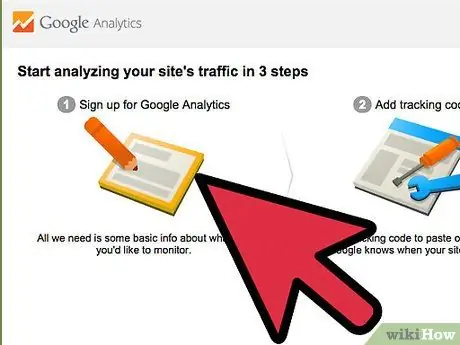
Step 2. Choose your tracking method
Recently Google put out Universal Analytics beta which you can use instead of Classic Analytics. Universal Analytics beta is still not fully featured, but will provide more opportunities and flexibility in the future.
Some users report better tracking information by using the Universal Analytics beta. But in the end, the choice is up to you
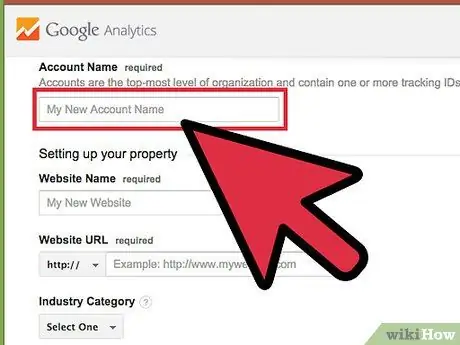
Step 3. Enter your account information
To create an Analytics account, you will need to provide Google with some basic information. This will help determine how Analytics data is interpreted and returned to you.
- Enter the account name.
- Enter the website name and URL in the "Setting up your property" section.
- Select the field that best matches your website, and select the reporting time area you want.
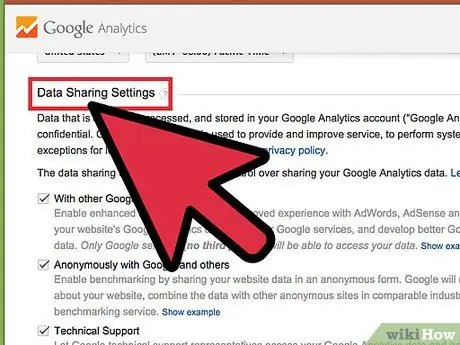
Step 4. Choose your option to share data
There are three data sharing options to choose from to enable or disable. This will allow your Analytics data to be shared with other Google programs such as AdSense, anonymously with Google for statistical reasons, and with account specialists for troubleshooting and optimizing your Analytics account.
Method 2 of 5: Inserting Tracking Code
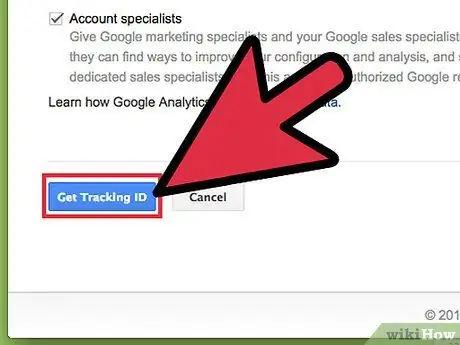
Step 1. Click the "Get Tracking ID" button
This button will take you to a page with a code snippet that you should place in your website code.
If you return to the Analytics website after creating your account, you can access the code snippet by logging into the system, clicking the Admin button and selecting your website. Click the "Tracking Info / Tracking Code" button to get the code snippet
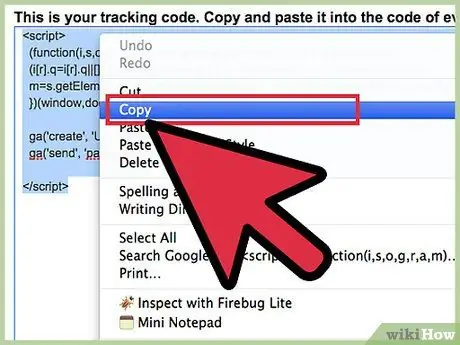
Step 2. Copy the code snippet to the clipboard
Make sure that you copy everything between the labels, including the labels themselves.
Make sure that you don't edit the code snippet, otherwise the tracking won't work

Step 3. Open the source code of the web page
If you don't have access to your site code, then contact your web developer. You need to be able to edit the code in order to insert the code snippet.
If you are using a WordPress site, install the Google Analytics for WordPress Plugin and paste the code into the there field in the Settings menu for that plugin
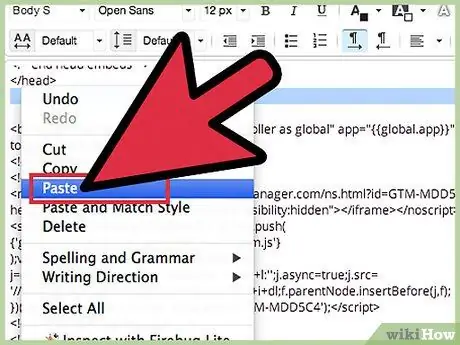
Step 4. Paste the code snippet
Look for labels in your code. Paste the code snippet directly before the label.
Place the code snippet on each page you want to track. This means that all pages on your site should have this code snippet, not just the Welcome or Index pages
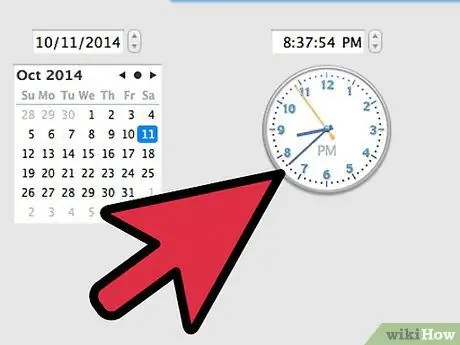
Step 5. Wait for the tracking to start
After uploading changes to the code, tracking will start after 24 hours. You can check if the code was pasted correctly by logging into the Analytics system, clicking the Admin button, selecting the "Tracking Code" tab, then looking for the Tracking Status entry. It should read "Tracking Installed".
Method 3 of 5: Viewing Visits
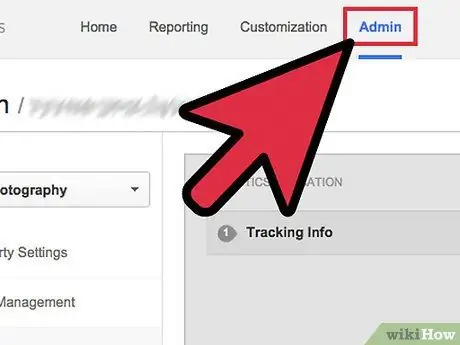
Step 1. Go to the Admin section of the Analytics website
This section will open the account start page. You will see a list of all properties tracked with Google Analytics.
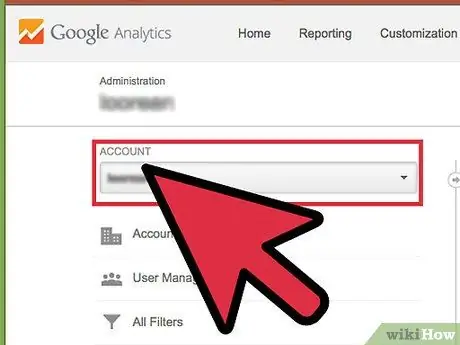
Step 2. Click the All Accounts menu
From that menu, select Show Visits to quickly see the number of visits to each of your sites as well as the percentage change from the previous month. You can see at a glance which pages need to be changed to increase the number of visits.

Step 3. Open Dashboard
You can view the Dashboard for each tracked site by using the Dashboard menu on the left side of the site. Dashboards let you see in-depth information about visits to your site.
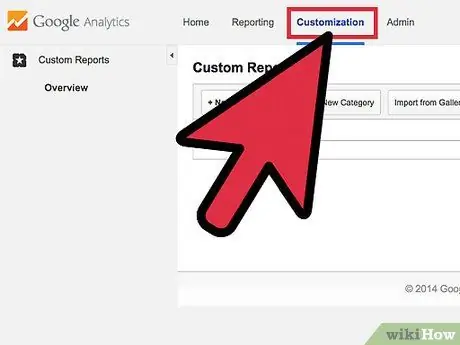
Step 4. Customize your own Dashboard
Each Dashboard is pre-set with basic programs. You can customize it to better suit your site and business needs. Click the "+Add Widget" button in the Dashboard menu to add a new program to the Dashboard. You can also remove programs that are already active.

Step 5. Create more Dashboards
You can create new Dashboards to check certain aspects of a site. You can create up to twenty Dashboards. To create a new Dashboard, click the Dashboard menu and then click "+New Dashboard".
- Starter Dashboard contains all of the basic widgets.
- Blank Canvas contains no widgets.

Step 6. Use Filters to limit traffic that is displayed
If you have a lot of traffic coming from employees, you can use Filters to hide the traffic they generate. You can also use filters to only show traffic to a specific subdirectory, or hide traffic from that subdirectory.
Method 4 of 5: Setting Goals
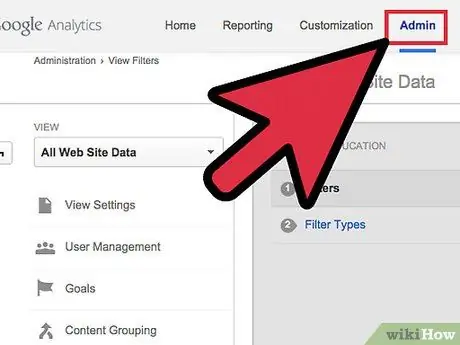
Step 1. Return to the "Admin" section of the website
Select the account where you want to set the destination. This section is on the "Views" tab. As you add more websites to your account, you will see a list of account names in this area.
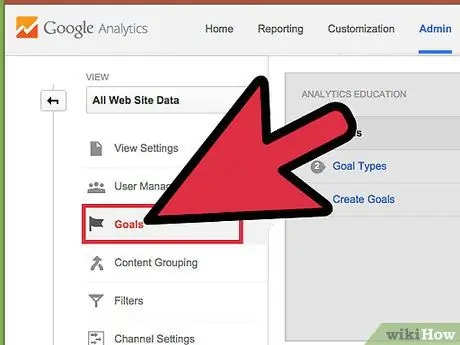
Step 2. Click the Goals button on the left of the menu
Select "Create a Goal" to start defining a new goal for your display, then give the goal a name.
Be sure to check the "Active" box for the destination to start tracking right away
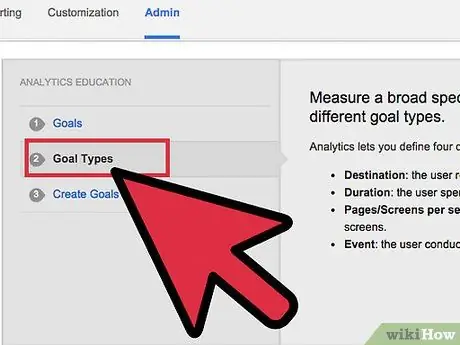
Step 3. Select the type of destination you want to create
There are several formats available depending on the fields you selected for your website when you generated the tracking code.
- Select "Destination" as the destination if you want to get a certain number of visits on a specific URL.
- Select "Pages per Visit" or "Screens per Visit" to specify the number of pages users visit when they visit. Specify the "Condition" and the number of pages visited. These are sometimes called "Readers".
- Select "Duration" to specify the length of the visit. Enter the time in minutes or seconds. Then enter the destination value. You may refer to these visitors as "Engaged Users".
- Select an "Event" destination for "Call to Action", for example buying a ticket or sending an RSVP. You must come back and fill in this goal after enabling the Analytics Goal Tracking feature.
- Select "Sales" or an e-commerce destination to track how many people are buying and what they choose to buy.

Step 4. Save your new destination
Select "Save" when you have specified all the details for your goal. You can create up to twenty goals for each view.
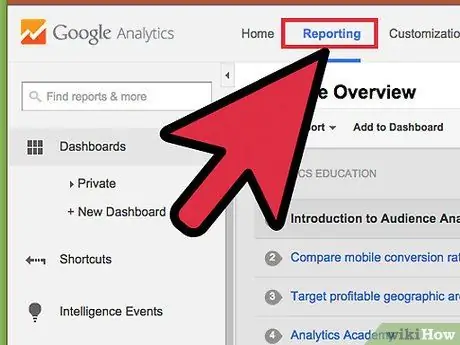
Step 5. Read your Goal Flow Report
This report will provide you with information on how the visit achieved your goals. This section is located in Standard Reporting > Conversions/Outcomes > Goals.
You can see where visitors are entering the funnel to your destination, where they go if they leave too soon, where visitors come back again, and more
Method 5 of 5: Enabling Additional Analytics Features
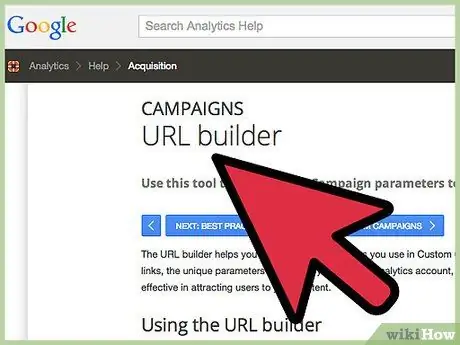
Step 1. Track email, social media and other marketing ads with Google Analytics
Create a separate URL that tracks traffic for each new ad.
- Browse the Campaigns URL Builder to create your URL with website, source, medium, period, name and body. Use this homemade URL on any link. Google will track user information.
- Navigate to the "Campaign" tab. Select "Traffic Sources" and proceed to "Sources" to analyze specific ads for success.
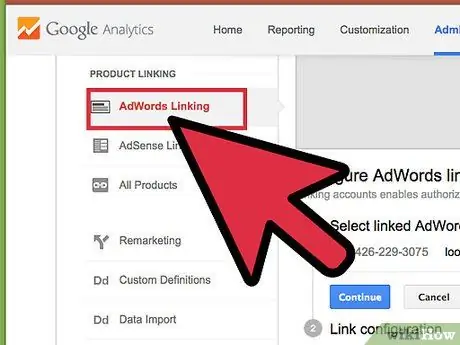
Step 2. Set up an account linked to Google Adwords
If you have a Pay per Click or PPC (Pay Per Click) account, connect this account with Analytics so you can track conversion rates and get reports on each PPC ad.
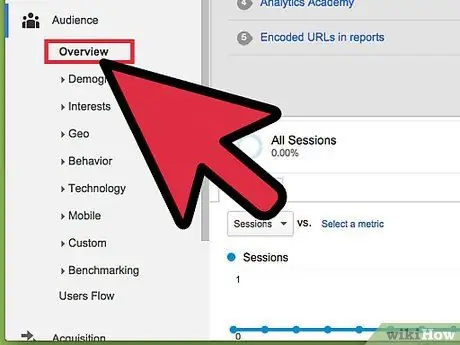
Step 3. Use Event Tracking
Similar to a custom URL for an ad, set up your Event link to track sources and conversions for ticket purchases.






